Flying Leathernecks

Brief Synopsis
Cast & Crew
Nicholas Ray
John Wayne
Robert Ryan
Don Taylor
Janis Carter
Jay C. Flippen
Film Details
Technical Specs

Synopsis
In the summer of 1942, Major Dan Kirby is assigned to command U.S. Marine fighter squadron VMF247, to the dismay of the unit's men, who had hoped that their executive officer, Capt. Carl "Griff" Griffin, would be promoted to the post. After their first strafing run in Guadalcanal, the squadron's headquarters on Cactus Island is bombed by the Japanese and many U.S. planes are destroyed. Kirby, a no-nonsense veteran, then grounds pilot Lt. Simmons for breaking formation to go after an enemy craft and orders that Simmons be held for court-martial. The popular Griff denounces Kirby's punishment as too harsh, arguing that Simmons is merely young and zealous, but Kirby is adamant. Later, however, Griff defends Kirby when some of the other pilots complain about his seeming lack of compassion.
That night, the camp is bombed again, and the squadron suffers its first casualty. During another aerial attack, Capt. Harold Jorgenson repeats Simmons' mistake and is shot down and killed by the Japanese. Although Griff now admits to Kirby that his treatment of Simmons was justified, Kirby is forced to reinstate the lieutenant, as many of the men have contracted jungle fever. Kirby then asks pilot Lt. Ernie Stark, who the others suspect is a coward, to be his "wing man." Dismissing Griff's concerns that the squadron is too tired and sick to fly another mission, Kirby agrees to help out a colonel in need, and during the battle, another pilot, Lt. Billy Castle, is lost.
That night, while his men get drunk on sake, Kirby writes an appreciative letter to Billy's family and listens to an old phonograph message from his wife Joan and son Tommy. Kirby's reverie is interrupted by a summons from the general in charge, who tells him that in order to convince the "brass" that their air-ground strategy is working, more raids must be undertaken. The next day, having observed Griff drunk and angry the night before, Dr. Joe Curan, the unit's physician, questions Griff's stability. After Kirby assures Joe that Griff can handle the pressure, he leads another attack against the Japanese. During the fight, Shorty Vegay, a Navajo pilot, is shot and later loses his leg.
Kirby then is ordered to intercept a fleet of Japanese ships on its way to do battle. Although the mission proves a success, Simmons crashes and dies while exchanging fire with the enemy. Later, Kirby is relieved of duty but does not recommend Griff as his successor, a decision Griff accepts with resigned indifference. Kirby's reunion with his wife and son is short-lived, as he is quickly promoted to colonel and reassigned to Guadalcanal. Kirby again is teamed with Griff, whose popular Texan brother-in-law Cowboy is also in the squad.
When Cowboy's plane is hit by a Japanese pilot during a battle in which Kirby is forced to parachute to safety, the other men want to break formation to help him. Realizing that rescuing Cowboy could cost lives, Griff orders the pilots to stay on course, and Cowboy is killed. Later, Kirby, whose shoulder was broken during his fall, is relieved of duty. Seeing Griff's sacrifice as proof that he has finally become a strong leader, Kirby recommends that he take over as commander, then leaves for home.

Director

Nicholas Ray
Cast

John Wayne
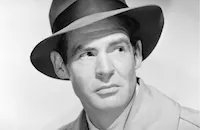
Robert Ryan

Don Taylor

Janis Carter

Jay C. Flippen
William Harrigan
James Bell
Barry Kelley
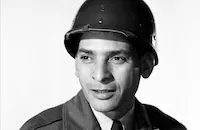
Maurice Jara
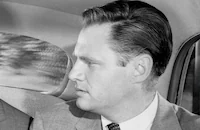
Adam Williams
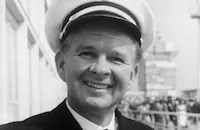
James Dobson
Carleton Young
Steve Flagg
Brett King

Gordon Gebert
Lynn Stalmaster
Brit Norton
John Mallory
Douglas Henderson
Ralph Cook
Frank Fuimara
Michael Devry
Adam York
Don Rockland
Hal Bokar
Tony Layng
Hugh Sanders
Mack Williams
Leslie O'pace
Milton Kibbee
Bernard Szold
Eda Reis Merin
Pat Prest
Shela Fritz
Charles Bruner
Jimmy Ogg
Al Murphy
Richard Wessel
Fred Graham
Mickey Mccardle
Robert Condon
Victor Cutrer
Charles Courtney
Grady Galloway
Mort Thompson
Eugene Marshall
Barry Brooks
James Hickman
Noel Reyburn
Mavis Russell
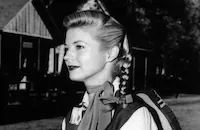
Gail Davis
Elaine Robert
Melville Robert
Paul Mcguire
Mona Knox
Jane Easton
Inez Cooper
Jayn Lee Dockstader
Chuck Hamilton
Peter Ortiz
Frank Marlowe
Richard Ullman
Chris Drake
Frank Iwanaga
Rollin Moriyama
Crew
C. Bakaleinikoff
Mel Berns
Cliff P. Broughton
Albert S. D'agostino
Kenneth Gamet
Larry Germain
Edmund Grainger
Edmund Grainger
James Edward Grant
Howard Hughes
Colonel Richard Hughes
Frank Mcwhorter
Morgan Padelford
Clem Portman
Sam Ruman
Darrell Silvera
William Snyder
John Sturtevant
James W. Sullivan
Sherman Todd
Roy Webb

Photo Collections
Videos
Movie Clip


Trailer
Hosted Intro
Film Details
Technical Specs

Articles
Flying Leathernecks
During production of Flying Leathernecks, it did not take much time at all for Hughes to become fast friends with star John Wayne, united as they were by their vehement anti-Communist philosophies and love for Mexican vacations. As famous as Hughes was, Wayne himself was one of the biggest box office draws in Hollywood at this point in his career. The momentum of his steady rise in popularity started subtly in 1939, with the release of Stagecoach. Wayne had struggled for over ten years in B-movie Westerns and "Poverty Row" pictures, so when he began receiving some long sought-after recognition, he was reluctant to do anything that would jeopardize his momentum towards stardom. This included serving in World War II. While stars like Clark Gable, Robert Taylor, Robert Montgomery, and Jimmy Stewart all joined up in the fight, Wayne stayed out of the worldwide fray. For this refusal to enlist, Wayne received severe verbal and emotional abuse from his friend and frequent collaborator John Ford, who also reported for active duty. But Wayne's own contributions to American morale in USO shows and the honorable portrayal of the servicemen through his postwar movies, such as Flying Leathernecks, made him a powerful figure in American movies in the late 1940's and 50's.
Edmund Grainger, the producer of Flying Leathernecks, was a war-movie specialist, and it was his idea to shoot the film on the El Toro air base at Camp Joseph H. Pendleton in Oceanside, California, which was the site of his previous success, Sands of Iwo Jima (1949). His boss, Howard Hughes, wanted to get away from the black-and-white, documentary look of previous war films like Twelve O'Clock High (1949) so it was decided the film would be shot in Technicolor and include some remarkable aerial combat footage for authenticity, including a parachute escape from an exploding plane and a crash-landing.
Nicholas Ray was assigned to direct the film even though he admitted he hated war movies. He was also a known liberal, as was Robert Ryan, and there was some speculation on whether they would clash with Wayne and Hughes over political views during the filming. Despite their opposing ideologies, the two camps worked well together, even under the strain of numerous, last-minute script changes. Wayne and Ryan, in fact, would go on to star together in another war film, The Longest Day, in 1962.
Director: Nicholas Ray
Producer: Edmund Grainger
Screenplay: Kenneth Gamet (story), James Edward Grant
Cinematography: William E. Snyder
Editor: Sherman Todd
Art Direction: Albert S. D'Agostino, James W. Sullivan
Music: Roy Webb
Cast: Robert Ryan (Capt. Carl 'Griff' Griffin), Janis Carter (Joan Kirby), Don Taylor (Lt. 'Cowboy' Blithe), John Wayne (Major Dan Kirby), James Bell (Colonel).
C-103m. Close captioning. Descriptive video.
by Scott McGee
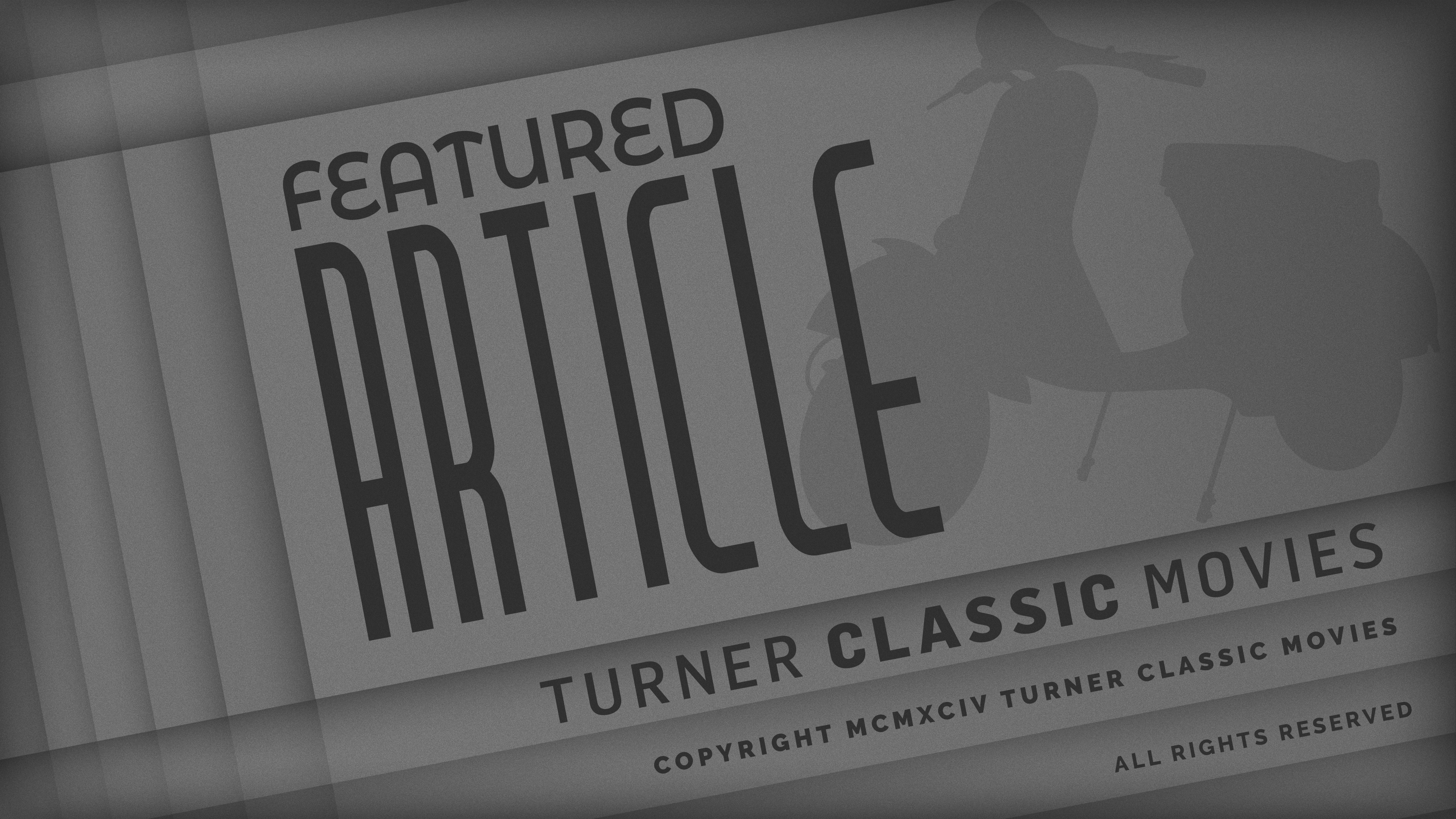
Flying Leathernecks
Quotes
Trivia
Notes
The working titles of this film were Flying Devil Dogs (also spelled Devildogs) and Devil Dogs of the Air. The film's opening credits conclude with the following dedication: "Dedicated to the United States Marine Corps, and especially to Marine aviation. Appreciation is gratefully acknowledged for their participation and assistance which made this picture possible." Voice-over narration is heard intermittently throughout the film.
In September 1950, Los Angeles Times announced that both Montgomery Clift and Tim Holt were considering roles in the picture. According to the Variety review, the picture contains rare color footage of "battle action in the Pacific...blended with studio shots....Scenes from Guadalcanal, air strikes at enemy fleets, Kamakazi strikes at U.S. ships, are among real sequences cut in...." An August 1950 Hollywood Reporter news item announced that Flying Leathernecks would be the first Hollywood feature to incorporate "actual scenes of the present Korean conflict" and noted that editor Robert Belcher had reviewed footage shot by cameramen with the U.S. Marine Corps Air Wing. According to a September 1950 Hollywood Reporter item, Belcher selected sequences from combat footage taken at Guadalcanal. In January 1951, Hollywood Reporter reported that producer Edmund Grainger had received several thousand feet of film from Korea, depicting infantry battles with air support from land and carrier-based planes. The inclusion of Korean footage in the final film has not been confirmed, however.
In June 1950, following meetings with Grainger, Marine Corps officials in Washington, D.C., granted the production permission to use its facilities. However, because of the fighting in Korea, the Navy reneged on its agreement to allow the filmmakers' use of the carrier Bataan for filming at sea, but did provide several planes, according to a November 1950 Daily Variety item. As noted by reviews, most of the picture was shot at Camp Pendleton and El Toro Marine Air Station in Southern California. Production was threatened with delay when crew members from I.A.T.S.E. and other unions balked at accepting lodgings at Camp Pendleton, declaring the officers' quarters unfit. After legal arbitration in the matter, however, production resumed. Grainger replaced director Nicholas Ray for a few days when Ray fell ill with the flu.
Flying Leathernecks marked Grainger's first producing effort for RKO. Modern sources note that director Rodney Amateau, a friend of Ray, helped Ray organize the shooting script and acted as a dialogue director on the production. Hollywood Reporter announced in May 1951 that the picture would have its first screening in Korea for Marine Corps airmen. In July 1951, Hollywood Reporter reported that General C. B. Gates had declared the film the "best service picture made to date" and that the U.S. Joint Chiefs of Staff had requested a "command performance" screening. A December 1953 Daily Variety news item noted that RKO was holding up the release of the picture in Japan at the request of the State Department, out of concern that the story was "too sharp a reminder of World War II."
The film marked the first time that actor John Mallory, brother of actor Robert Mitchum, was billed under the surname Mallory. Previously he had been billed as John or Jack Mitchum. He changed his name back to John Mitchum in 1953 and was billed under that name from that time on. On September 24, 1951, John Wayne, Robert Ryan and Howard McNear presented scenes from Flying Leathnecks as part of Lux Radio Theatre's broadcast Movie Time, U.S.A..

Miscellaneous Notes
Released in United States on Video May 31, 1989
Released in United States Summer August 28, 1951
Re-released in United States on Video May 9, 1995
Re-released in United States on Video May 9, 1995
Released in United States on Video May 31, 1989
Released in United States Summer August 28, 1951















